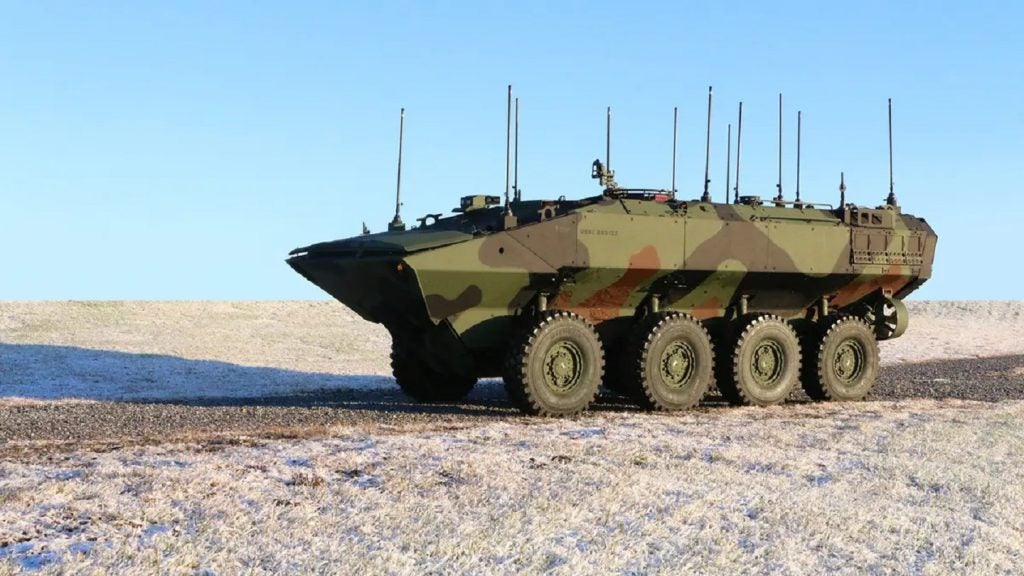In the lead up to Australia’s acquisition of nuclear-powered submarines (SSNs), the country’s first cadre of sailors graduated from the US Navy’s (USN) Nuclear Power Training Unit (NPTU) in Charleston, South Carolina on 12 January 2024.
Lieutenant Commanders James Heydon, Adam Klyne, and Lieutenant William Hall began their course at NPTU in July 2023, becoming the first cadre of Royal Australian Navy personnel to go through one of the Department of Defense’s (DoD) most rigorous and demanding training pipelines.
Prior to this, the three officers graduated from the prerequisite theoretical Nuclear Power School in July 2023.
“I was really looking forward to putting the concepts and theories that we learned at power school into operation at [NTPU’s] prototype training,” said Klyne.
Next, the three Royal Australian Navy officers will report to Submarine Officer Basic Course in Groton, Connecticut where they will undergo the same training given to USN officers entering the submarine force.
Upon completion, they will be assigned to a US Navy Virginia-class submarine to continue their training and qualifications.
What is the NPTU?
The Congressional Research Service, in a December 2023 report, described the significance of the nation’s nuclear propulsion technology:
“US Navy research, development, design, construction, and operational experience, are generally considered crown jewels of US military technology and consequently are highly protected.”
Ultimately, the Department of Energy provides militarily effective shipborne nuclear propulsion plants and ensures their safe, reliable and long-lived operation through the Naval Nuclear Propulsion Program.
At the same time, this mission requires the combination of fully trained US Navy service people with ships that excel in endurance, stealth, speed, and independence from supply chains.
“NPTU is where our nuclear operators put the knowledge and theories they learned in power school into actual power plant operation and watch standing capabilities,” Admiral Bill Houston, director of the USN’s Nuclear Propulsion Programme.
“It’s here that our students learn to safely and competently operate the plant in both normal and potential casualty situations.”
Preparing for Australian SSNs
Today only six countries—China, France, India, Russia, the US and the UK —operate nuclear-powered submarines.
Under the 2021 AUKUS trilateral agreement between Australia, the UK, and the US is a strategic endeavor aimed at strengthening the security and defence capabilities of the three nations that also promotes stability and security in the Indo-Pacific region.
Ultimately, the strategic objective is to give Australia the means to acquire conventionally armed SSNs for the Royal Australian Navy, which can act as a deterrent to China – a long-term threat to the so-called ‘rules-based order’.











